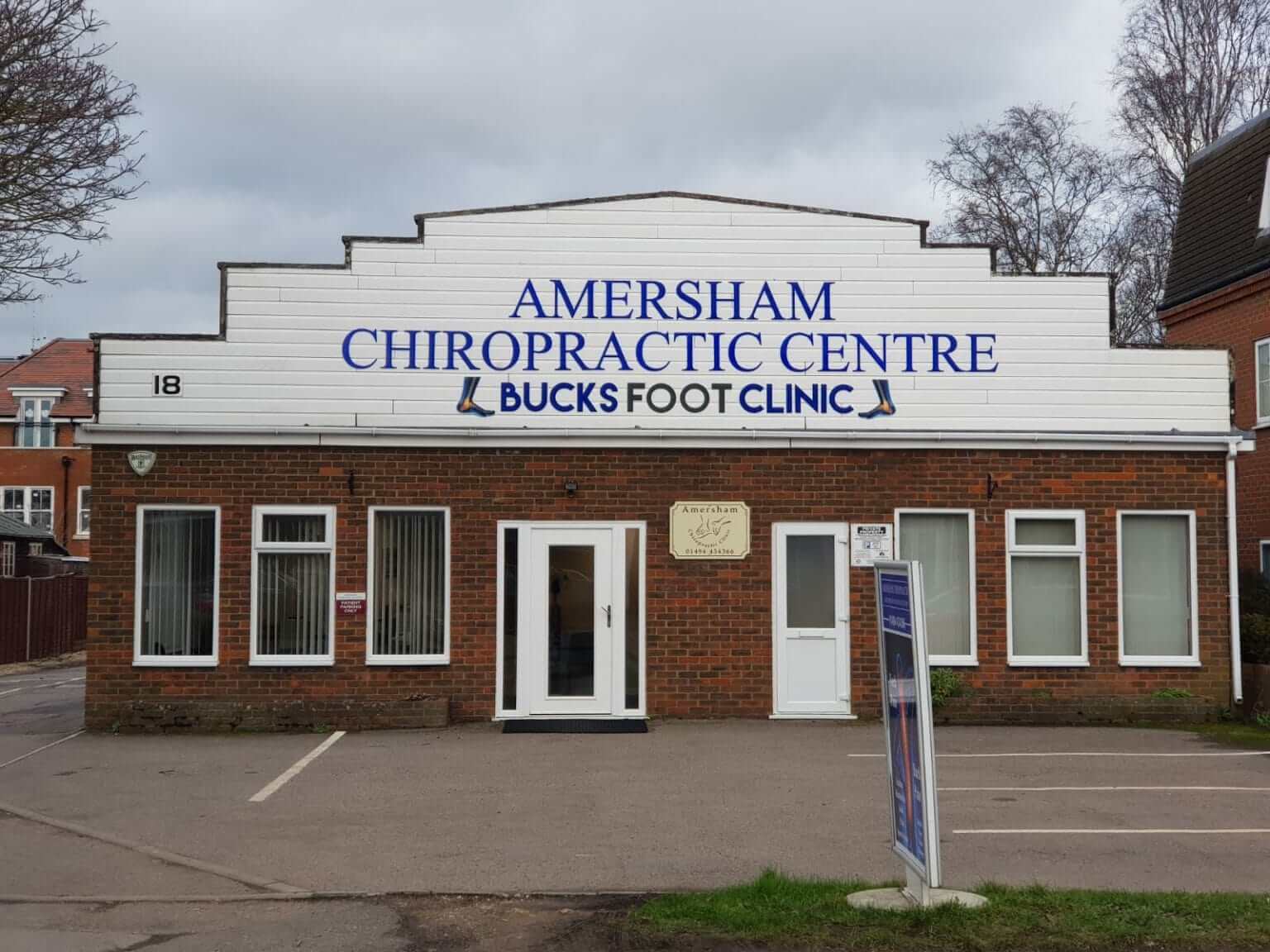
Corns are a very common issue faced by many people. They usually occur because of constant friction, so the main cause of corns is usually wearing the wrong shoes that don’t fit you right. They’re very easy to prevent, but can be really irritating so you may want to get them removed when they show up too often. Worry not, because there’s a lot you can learn about corn treatment for feet, and how you can prevent them altogether. It’s always best to see a podiatrist to get the right corn treatment in Beaconsfield. If you find yourself wanting to get rid of your corn, there’s great services for corn removal in Little Chalfont.
Read on to learn more about corns and how you can treat them and get them removed.
What Are Corns and How Do They Form?
Corns are buildups of hardened areas of skin. They can form anywhere but tend to show up on feet, hands, and fingers the most. They are usually round and relatively small, and you’ll most likely see them develop on the sides and tops of your toes. There are three distinct types of corns:
- Hard Corns: These are hard and dense, and usually form on the top of your toes, where your bones exert pressure on your skin. They usually reside within a bigger part of thickened skin.
- Soft Corns: Usually whitish grey in colour, with a slightly softer and rubbery texture, soft corns show up between your toes.
- Seed Corns: As the name suggests, seed corns are quite small. They normally form at the bottom of your feet.
Corns usually develop due to constant rubbing, friction, pressure, and irritation against the skin. This is why you will most likely see them appear on the bony part of your feet. This hardening layer is actually your body’s defence to protect the softer skin underneath from the pressure.
Am I At Risk And Are Corns Painful?
You’re more likely to develop corn if:
- You have a medical condition that changes the alignment of the bones in your feet. Ex. arthritis, hammertoes, bunions, bone spurs.
- You don’t wear socks
- Your shoes are too narrow for your feet
If you check yes on any of the above, you run the risk of developing corns on your feet.
You’re probably wondering if corns are painful. The answer is both yes and no. When you first develop corn, it won’t cause you pain at all. But, as the corn further develops and the skin thickens more, it can start causing pain. The areas of your skin that are raised will become sensitive to pressure and tender to touch compared to the unaffected skin surrounding it. Corns can even get infected, and that can lead to significant amounts of pain. This is why it’s always best to see a podiatrist so they can give you corn treatment for your feet so that the issue doesn’t get worse.
How Can I Prevent Corns?
As with all things, prevention is always better than cure. Feet are often overlooked, but they’re very integral to your overall health since they make the most contact with the ground. In order to prevent corns from developing on your feet, you should keep the following in mind:
- Always wear shoes that fit you well and are comfortable. Your shoes must support your feet but also be cushioned and have shock-absorbing soles. Your feet should never feel cramped in your shoes, and there must always be ample space for your toes so they aren’t rubbing against the shoes or each other.
- Try to avoid narrow-toed and high-heeled shoes as far as you can.
- Use insoles that are cushioned.
- Wear socks with your shoes.
- Inspect your feet regularly and practice proper foot care and hygiene.
- Always keep your toenails trimmed.
- Try not to walk barefoot.
- Try keeping your feet as dry as you can. Use foot powder if you’re prone to sweaty feet.
Corn Treatment For Foot
In case you find yourself riddled with corns, you should know how they are treated by your podiatrist. You can try to treat them at home as well, but it’s always better to see a professional.
- Trimming: Your podiatrist will most likely remove your corn by trimming it down using a tool. You can try doing this at home by soaking your feet for around 20 minutes in order to make the skin soft. Then, go ahead and gently scrape away at the rough skin using a pumice stone.
- Chemical: This type of corn treatment for the foot is similar to trimming, but uses chemical products instead to slowly dissolve the affected skin. A common product used is salicylic acid, which dissolves keratin (what dead skin is made of).
- Toe Protection / Footpads: Though not really a form of treatment, it’s worth mentioning. Using footpads can help ease the discomfort significantly. You can also use toe splints to prevent your toes from creating friction with each other.
Corn Removal Little in Little Chalfont
If, for whatever reason, your corn does not go away or gets worse, you may consider getting it removed. If you’re looking for a podiatrist clinic to do the job well, you can count on Bucks Foot Clinic! We have the best corn treatment in Beaconsfield and will be more than happy to assist you.
Please call us on 0800 107 3290 / 077 99 122 099 Or contact us

Recent Comments